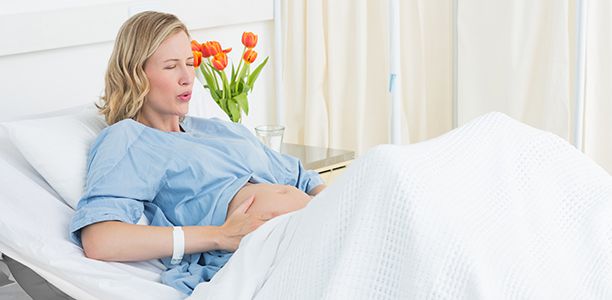While Australia may be one of the safest places on earth to give birth, new research is now focussing on severe postpartum haemorrhage which continues to be a rare and mysterious killer.
A collaboration led by University of Technology Sydney with Monash University and the Australian Red Cross Blood Service will seek to better understand the condition, particularly cases of severe haemorrhages requiring blood transfusions.
The condition is so rare no exact figures currently exist. Data is being collected Australia-wide from more than three-hundred hospitals where fifty or more births take place each year. It brings together experts in midwifery, obstetrics, haematology, critical care, anaesthetics, epidemiology and biostatistics.
The research differs from earlier studies that have focused on severe haemorrhage across the population, clumping women who have given birth within the overall findings. Specific knowledge about the needs of such women will inform strategies for better management and blood supply needs.
UTS Associate Dean of Research Professor Elizabeth Sullivan in the Faculty of Health said local coordinators within each hospital would report once a month on new cases of severe postpartum haemorrhage. She said the same study is taking place across New Zealand hospitals.
“Because of the condition’s rarity very little is known about its causes,” Professor Sullivan said. “It requires rapid response to unearth vital information about its causes and how it can be managed to improve outcomes for mothers.”
Director of Research and Development at the Blood Service and co-researcher Professor David Irving said this project would help ensure the delivery of the right blood products at the right time.
“It benefits us to partner with university researchers so we can leverage off each other’s knowledge,” Professor Irving sad.
Professor Sullivan predicts the study may also highlight the differences in the availability of blood supplies between rural and metropolitan hospitals.
“We would like to know more about the needs of rural hospitals when they have more than one emergency taking place at a time,” she said.
“When our work is completed we hope the findings will assist clinicians working with women who suffer massive obstetric haemorrhage to give the best possible care and save lives.”
(Source: University of Technology – Sydney)










